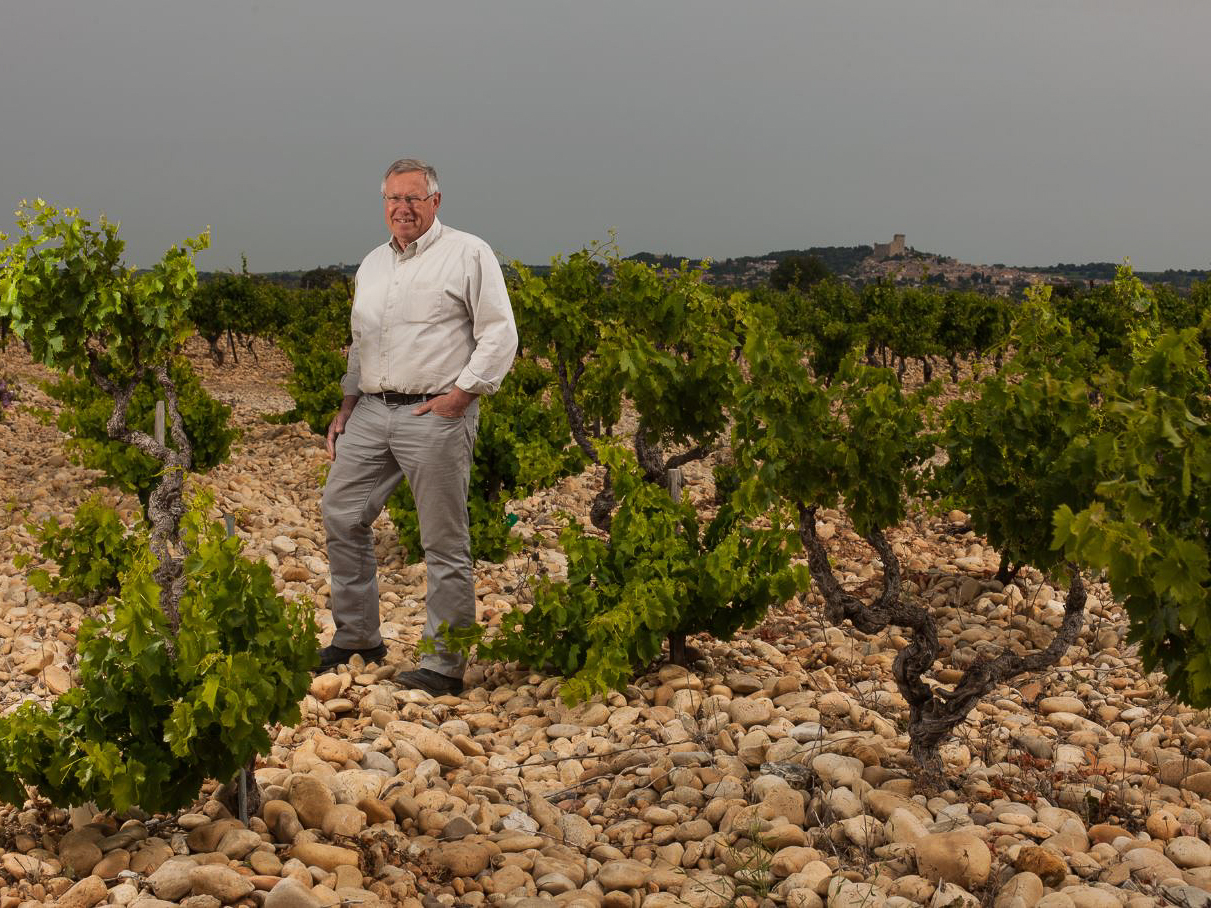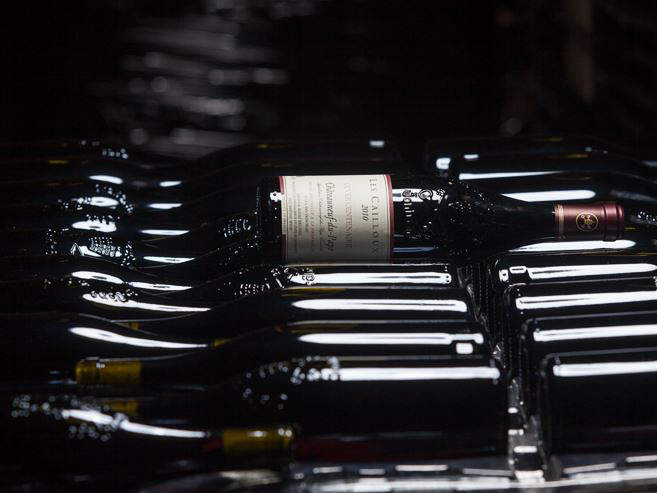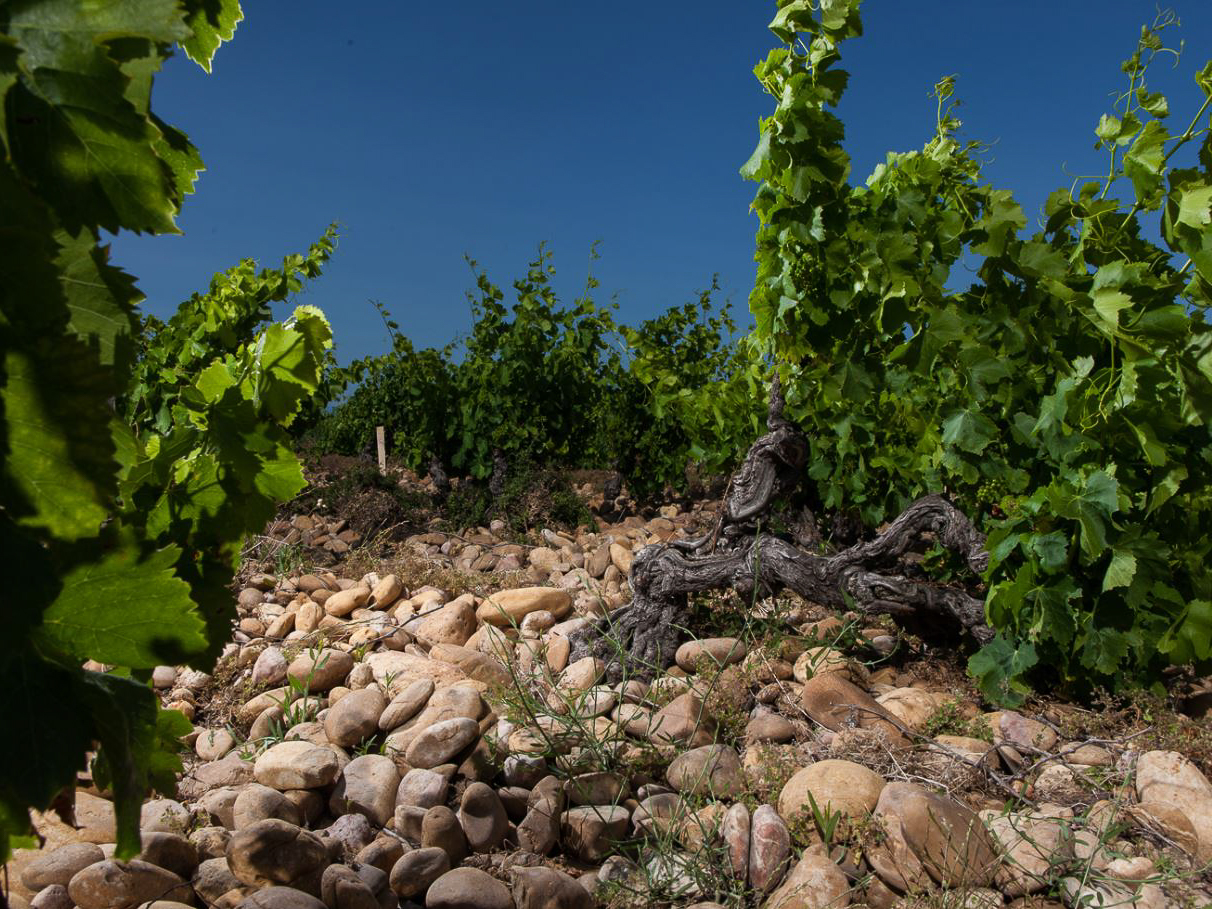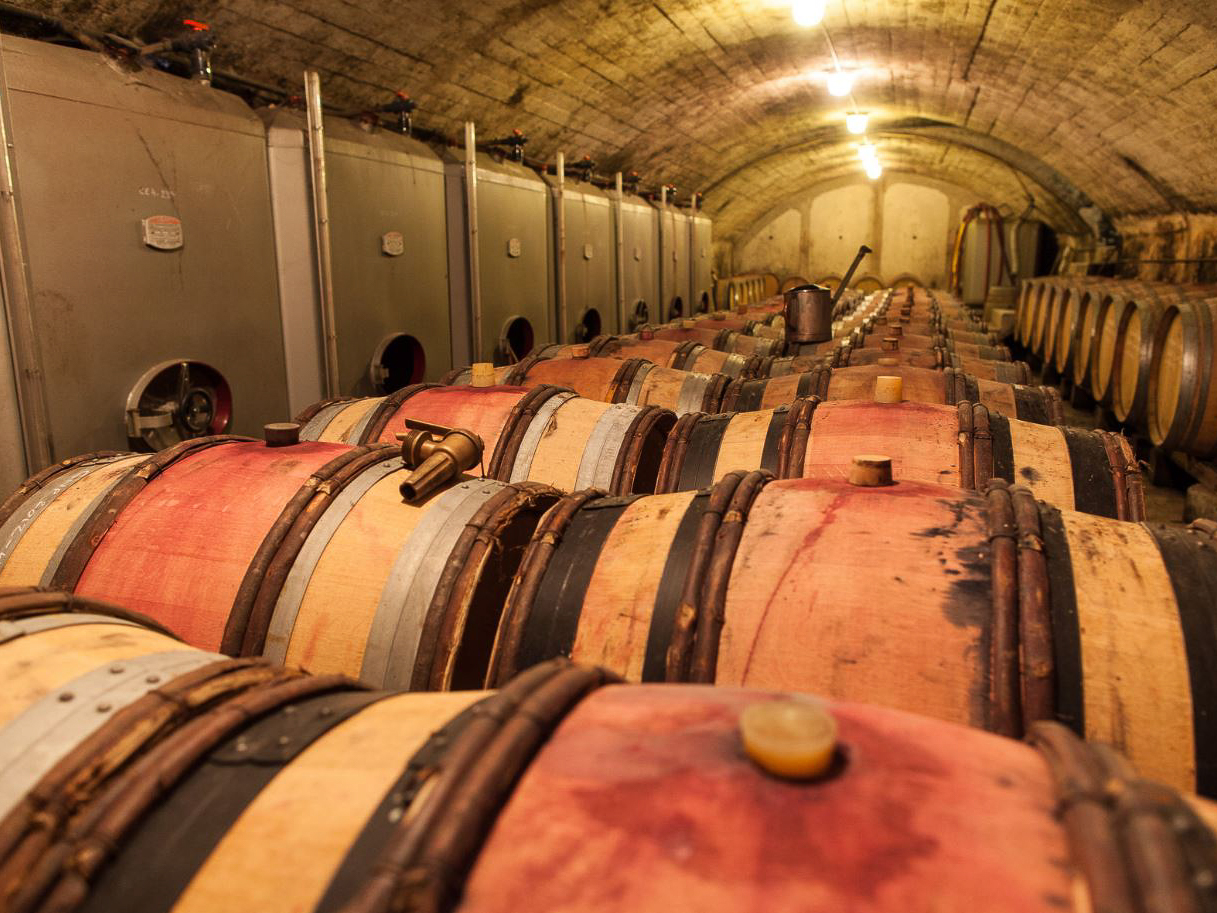Andre Brunel
The Brunel family’s winemaking history reaches back to the 17th century with the purchase of a vineyard plot to the north of the Châteauneuf-du-Pape appellation from the Bishop of Avignon. Numerous generations followed, all working in the vineyards, but it was in 1954 that Lucien Brunel created the name "Les Cailloux" or "The Pebbles" to promote the Domaine’s wine qualities and special geological characteristic of the large oval stones covering his vineyards.
In 1971, Lucien’s son André Brunel took the helm at Domaine Les Cailloux. His endless motivation and eye for quality resulted in a steady expansion of the family’s vineyards with acquisitions in the Côtes du Rhône and select plots of Vaucluse Vins de Pays. In 1989 he launched the now coveted Cuvée Centenaire and continued to improve the vineyard management practices. André was one of the first in Châteauneuf-du-Pape to use tailored ground cover methods and to practice a non-chemical approach to farming his vineyards.
In 2012, André’s son, Fabrice Brunel, joined the team to ensure the family’s history and passion would continue. The pursuit for quality; the utmost respect for the land; and the drive to produce beautiful wines, which are both enjoyable in the immediate present as well as in future years with excellent aging potential, the Brunel family is meticulous in cultivating vineyards, sourcing quality grapes, and winemaking style.
Brunel’s “Cuvee Centennaire” bottling is produced from a single 125+ year old plot judged by leading wine experts and critics as a monumental benchmark for the viticultural potential Chateaneuf-du-Pape. In addition to the cult “Cuvee Centennaire”, Andre Brunel owns some 50 acres of vineyards across the Chateauneuf-du-Pape appellation which go into the production of the well-known and celebrated “Les Cailloux” cuvees – both red and white – as well as more than 20 acres of vineyard in the Cotes-du-Rhone where he produces two reds and a white. The red wines produced by Andre Brunel are Grenache-based usually comprising about 70% of the CdP blends – and an even higher proportion of up to 85% of his Cotes-du-Rhones. The whites, meanwhile, are comprised of more less equal (25-30%) parts each of Grenache Blanc, Clairette and Roussanne – and are finished with a splash (up to 10%) of Bourboulenc.




